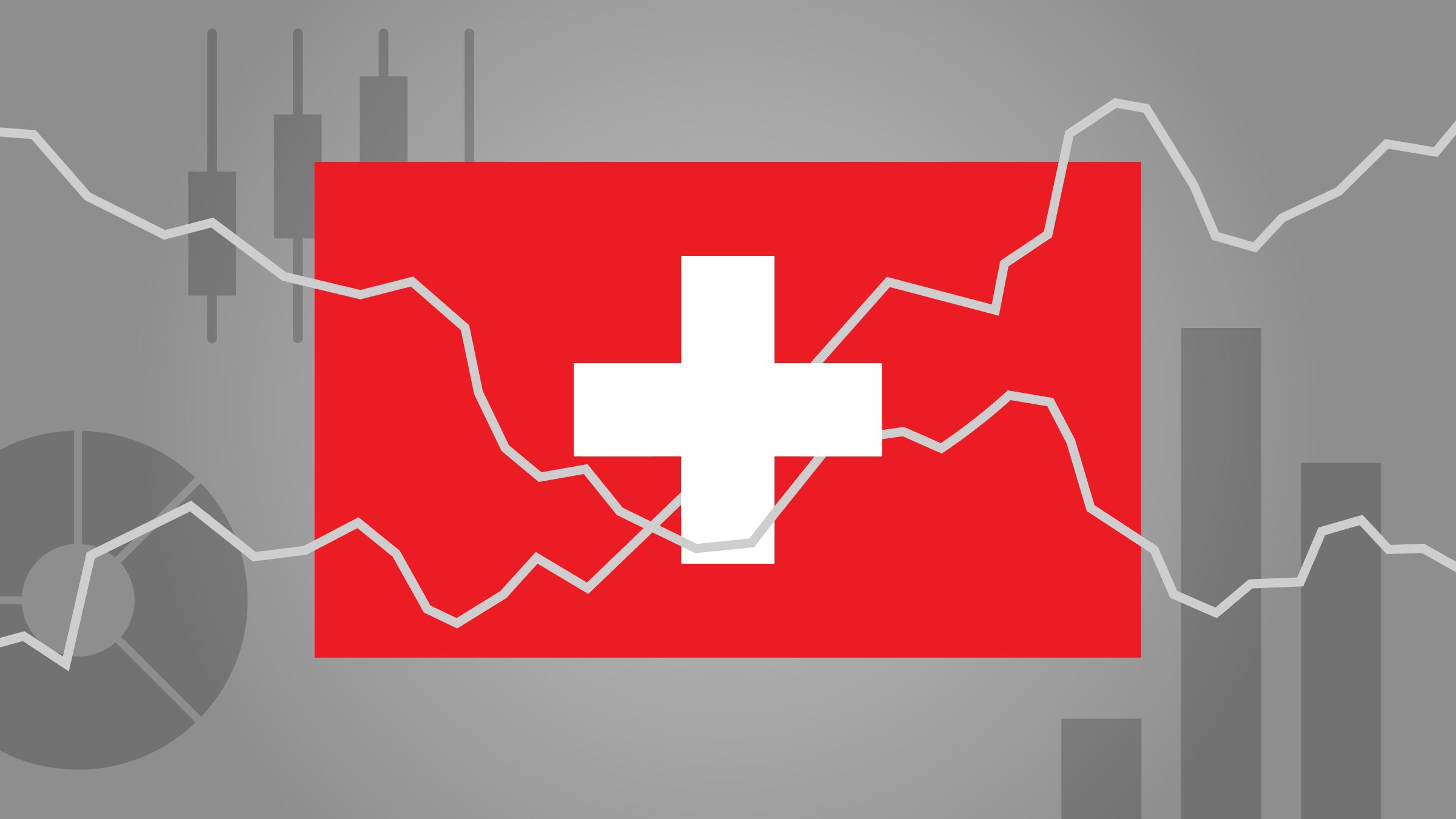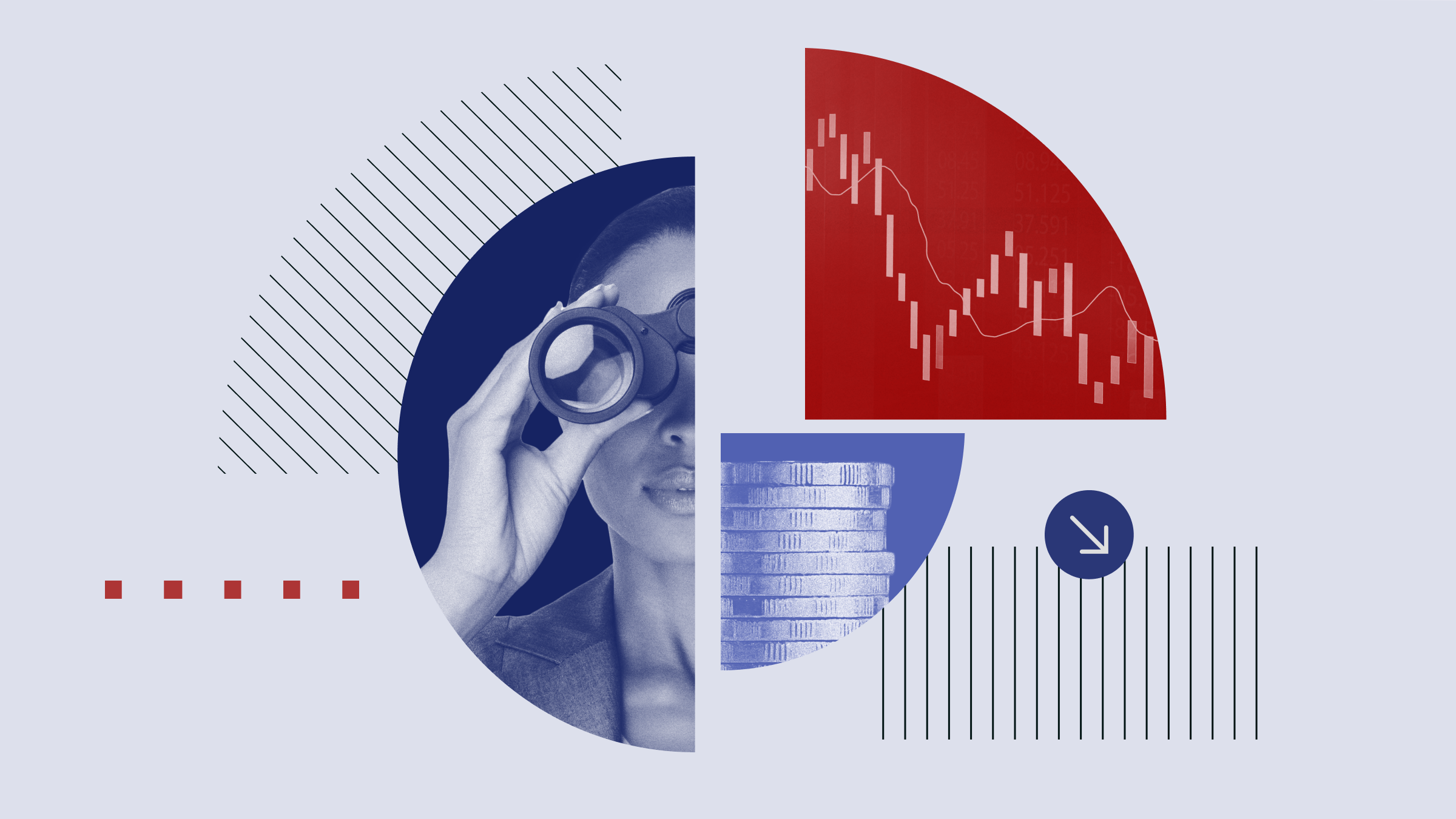Rolle im Portfolio
This fund provides exposure to many of the largest publicly-traded companies in the developed world. It is best employed as a core building block for investors that want to get a large chunk of their equity exposure within one fund, rather than taking a more granular approach to building a geographically-balanced equity portfolio. An important thing to keep in mind, however, is that although the underlying MSCI World Index has very broad geographical scope, its exposure is all from developed markets. This fund should ideally be paired with some form of emerging markets exposure for a more balanced mix. In the last 20 years the MSCI World and the MSCI Emerging Markets Index have shown a correlation to one another of 76%, although some of the diversification benefit seems to have vanished in recent periods: the five-year correlation is 87%.
Fundamentale Analyse
More than three years after the nadir of the global financial crisis that began to take hold in 2007, the world is still reeling from its effects. Unlike scores of prior crises that hit certain parts of the world but left others intact, this one was truly global in nature, dragging markets down in unison. Through the recovery after the crisis, there has been a bifurcation between debt-burdened, sluggish developed countries, and their less leveraged emerging market peers that are in many cases still showing healthy growth. To combat the worldwide economic slowdown and subsequent sovereign debt crisis in Europe, central banks throughout the developed world have been enacting a series of extremely accommodative monetary policy actions, from lowering short term interest rates to near zero, to “quantitative easing” bond purchase programs, and long term refinancing operations. Central bankers have been coordinated in signalling that they will go to great lengths to ensure ample liquidity in the system. This has led to what some view as a “Bernanke Put”, whereby monetary action can be relied on to come to the rescue of stock investors when markets falter. But fiscal policy has not been doing its part. Governments around the developed world have swung aggressively into austerity mode through efforts to reduce their spending. In the near term this will likely be a significant drag on economic growth. The combination of government and consumer deleveraging has been taking its toll on aggregate demand, which is adding to the ranks of the unemployed, which weighs further on demand, in a vicious cycle. On the positive side, corporations are enjoying unusually healthy profit margins, have lots of cash on hand, and in many cases can borrow funds quite cheaply. The U.S. economy continues to muddle through on the path to recovery. GDP grew by an annualised rate of 3.0% from the third to the fourth quarters of 2011, but nonfarm employment rose by an uninspiring 120,000 in March after three consecutive months above 200,000. The unemployment rate is still fairly high at 8.2%, but seems to be trending downwards. Thanks to an even bleaker situation in Europe, the U.S. Treasury has been able to maintain its safe haven status among investors, allowing the government to continue to borrow on the cheap. Historically, spending by the U.S. consumer has been a key driver of growth both domestically and around the globe. But after the implosion of the residential housing bubble, recession followed by a largely jobless recovery, and reluctance of banks to make loans, the average household doesn’t have the spending clout it once did. A potential catalyst for global stocks would be a tactical asset shift away from bonds, which increasingly resemble a one-way bet as interest rates have nowhere to go but up. Over the past 20 years, the MSCI World Index has produced an annualised gain of 6.68%, vastly inferior to the 16.85% tally for the MSCI Emerging Markets. The price-to-earnings ratio of the MSCI World was 13.4 at the end of March, compared to an average level of 16.3 since 2000, and a low of 8.4 in February 2009.
Indexkonstruktion
The MSCI World Index is a free-float market capitalisation-weighted index covering 24 developed countries all over the world. It has 1,611 mid- and large-cap constituents and covers approximately 84% of the total free float of the component markets. The index is reviewed quarterly, with size cut-offs recalculated semi-annually. The universe is initially screened for liquidity, as measured by the value and frequency of trading. The median constituent has a market capitalisation of $6.8 billion. The index is heavily tilted towards the U.S., whose weighting of 53% is more than five times larger than the next highest representatives, the United Kingdom and Japan, with respective weights of 9.4% and 9.1%. On a sector basis the index is broadly diversified. The top weight is Financials, which made up 18.9% of the total at the end of March, followed by Information Technology at 13.0%. Industrials, Energy, Consumer Discretionary, Consumer Staples, and Healthcare all have weights between 10.0% and 11.1%. There is very little portfolio concentration, with just 10.6% of the index within its top 10 names.
Fondskonstruktion
The fund uses synthetic replication to provide exposure to the underlying benchmark, entering an unfunded swap transaction with counterparty Societe Generale. The fund uses investors’ cash to buy a basket of securities, which is then used as collateral in the swap. Lyxor provides full transparency on the components of the substitute basket, which is made up of publicly-listed equities. The fund aims to maintain zero counterparty exposure by resetting the swap on a daily basis. Under the terms of the swap, the counterparty agrees to provide the fund with exposure to the total return of the underlying index, net of any costs or fees associated with providing the exposure. The return from the swap assumes that all dividends paid by the underlying stocks are reinvested in the index. The fund does not engage in securities lending activity. The fund is available in U.S. dollar, Euro, and British Pound share classes. At present the fund has assets of roughly $1 billion.
Gebühren
The fund has a total expense ratio of 0.45%, which is middling relative to other funds offering similar exposure. Other costs potentially borne by the unitholder but not included in the TER include swap fees, bid-ask spreads on the ETF, transaction costs on the infrequent occasions when the underlying index holdings change, and brokerage fees when buy and sell orders are placed for ETF shares.
Alternativen
For broad exposure to global developed markets there are plenty of choices out there. In Europe, these include UBS-ETF MSCI World A, Source MSCI World ETF, db x-trackers MSCI World TRN Index, iShares MSCI World, HSBC MSCI World ETF, CS ETF (IE) on MSCI World, ComStage ETF MSCI World, and Amundi ETF MSCI World. Of these, the largest is the iShares fund, with assets of $3.9 billion. The fund with the lowest TER is the HSBC fund, with a TER of 35 basis points.
In Asia, this ETF (listed in Singapore, TER of 0.45%) together with the db x-trackers MSCI World TRN Index ETF (03019, listing in Hong Kong and J0P, listed in Singapore, TER of 0.65%) are the only ones to offer exposure to the MSCI World Index.
















